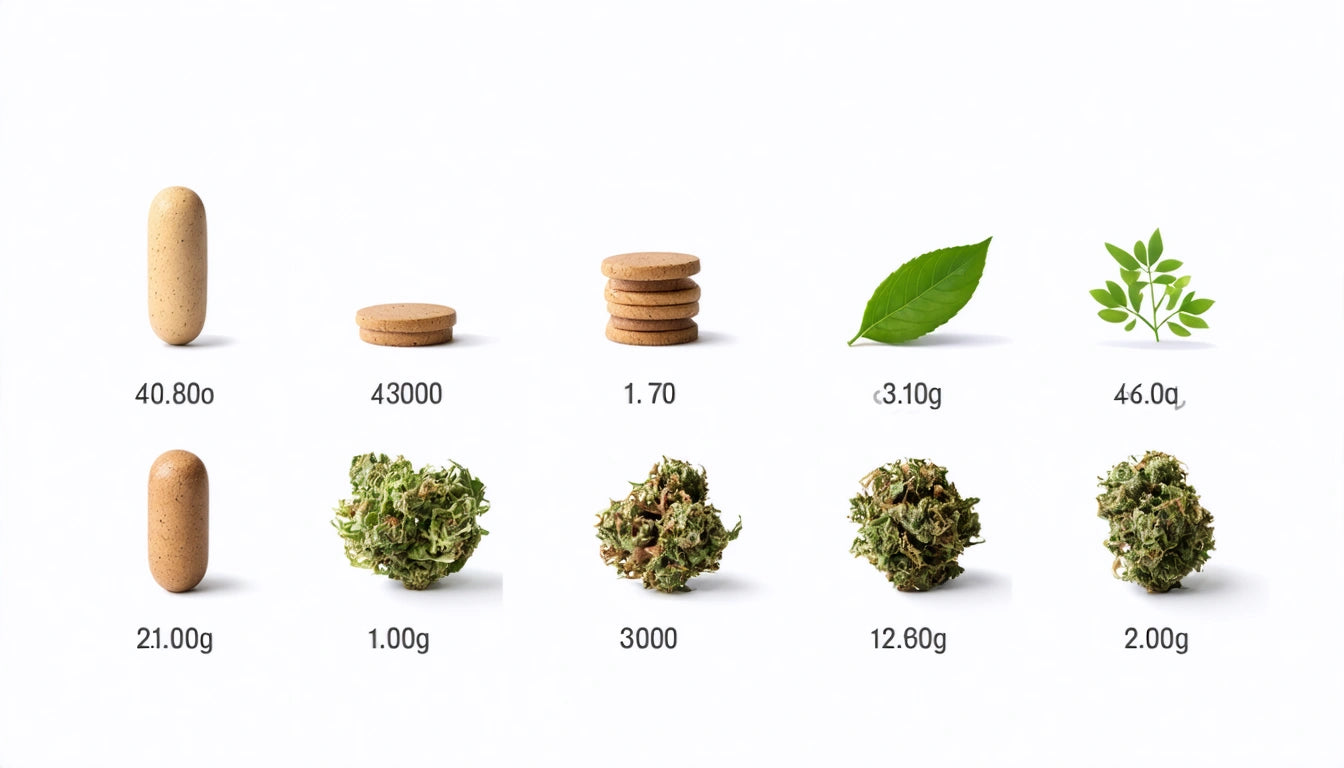Table of Contents
- What Is a Gram: Basic Definition and Context
- How Much Does a Gram Weigh: Understanding the Measurement
- Visual Comparisons: What Does a Gram Look Like?
- Cost Factors: How Much Is a Gram Across Different Products
- Measuring Accurately: Tools and Techniques
- Practical Applications: Why Gram Measurements Matter
Understanding the Cost and Weight of a Gram: A Comprehensive Guide
Whether you're curious about how much a gram weighs, how much a gram costs, or simply trying to visualize what a gram looks like, understanding this fundamental unit of measurement is important across many contexts. From cooking ingredients to consumer products, the gram serves as a standard measurement worldwide. This guide breaks down everything you need to know about grams, their weight, cost, and practical applications.
What Is a Gram: Basic Definition and Context
A gram is a metric unit of mass equal to one-thousandth of a kilogram. It's part of the International System of Units (SI) and is widely used globally for measuring lightweight items. In the United States, while the imperial system dominates everyday measurements, grams are still commonly used in scientific contexts, nutrition labels, and certain consumer products.
According to our guide on gram conversions and measurements, one gram equals approximately 0.035 ounces in the imperial system. This conversion is crucial for those who regularly work between metric and imperial systems.
How Much Does a Gram Weigh: Understanding the Measurement
When people ask "how much does a gram weigh," they're often seeking context rather than the circular answer that a gram weighs one gram. To provide perspective:
- A standard paperclip weighs approximately one gram
- A U.S. dollar bill weighs about one gram
- A regular paper clip weighs roughly one gram
- Five standard-sized paperclips weigh about five grams
- A nickel (U.S. five-cent coin) weighs exactly five grams
For more precise measurements, high-quality digital scales can accurately measure down to 0.01 grams, which is essential for applications requiring exact measurements like scientific research, jewelry making, or measuring certain consumer products.
Visual Comparisons: What Does a Gram Look Like?
Visualizing a gram can be challenging since its appearance varies dramatically depending on the substance being measured. As explained in our visual comparison guide, the volume of one gram differs significantly between materials:
- One gram of feathers would occupy much more space than one gram of lead
- One gram of flour is approximately 1/4 teaspoon
- One gram of water is exactly one milliliter (at standard temperature and pressure)
- One gram of salt is roughly 1/6 teaspoon
This variation in volume despite identical weight demonstrates the concept of density, which is the relationship between mass and volume.
Cost Factors: How Much Is a Gram Across Different Products
Consumer Products
The question "how much is a gram" or "how much does a gram cost" varies tremendously depending on what's being purchased:
- Common grocery items: For everyday items like rice or flour, a gram costs mere fractions of a cent
- Precious metals: Gold can cost $50-70 per gram depending on market conditions
- Silver: Approximately $0.80-1.00 per gram
- Consumer products: Various costs depending on product type and quality
Regional Price Variations
When asking "how much for a gram" of any product, geographic location plays a significant role in determining price. Factors affecting regional pricing include:
- Local taxes and regulations
- Supply chain costs
- Market competition
- Regional demand patterns
For a deeper understanding of how these factors affect specific product pricing, refer to our detailed guide on product pricing and measurements.
Measuring Accurately: Tools and Techniques
Accurate measurement of grams requires proper tools. The most common devices include:
Digital Scales
For precise measurements, digital scales are essential. These scales typically measure with accuracy to 0.1g or 0.01g. When selecting a digital scale for gram measurements, consider:
- Precision level needed (0.1g, 0.01g, or 0.001g)
- Maximum capacity required
- Calibration features
- Power source (battery vs. plug-in)
Calibration Techniques
To ensure accurate measurements when determining how much a gram weighs:
- Use calibration weights to verify scale accuracy
- Place scales on flat, stable surfaces
- Avoid air currents or vibrations that may affect readings
- Recalibrate regularly according to manufacturer guidelines
According to our guide on weight conversions, consistent and accurate measurement is crucial for both commercial and personal applications.
Practical Applications: Why Gram Measurements Matter
Understanding how much a gram is and how much a gram costs has practical implications across numerous fields:
Cooking and Baking
Precise gram measurements are crucial in baking, where slight variations can significantly affect results. Many professional recipes specify ingredients in grams rather than volume measurements for consistency.
Retail and Commerce
In retail, products are often sold by weight, with pricing determined per gram or per multiple grams. Understanding the cost per gram allows consumers to make value comparisons between products of different sizes.
Scientific and Medical Applications
In scientific and medical contexts, precise gram measurements are essential for:
- Medication dosing
- Chemical formulations
- Laboratory research
- Material testing
When asking "how much is 2 gram" or "how much is a 1 gram" in these contexts, precision becomes not just a matter of value but potentially of safety and efficacy.
For those working with specific substances like MDMA, understanding "how much is a gram of MDMA" involves not just weight but potency considerations that require professional knowledge and appropriate contexts.
Understanding grams provides a foundation for measurement literacy that applies across countless everyday situations. Whether you're cooking, shopping, or working in a field that requires precise measurements, knowing how to conceptualize, measure, and value a gram is an essential skill in our metric world.











Leave a comment
All comments are moderated before being published.
This site is protected by hCaptcha and the hCaptcha Privacy Policy and Terms of Service apply.